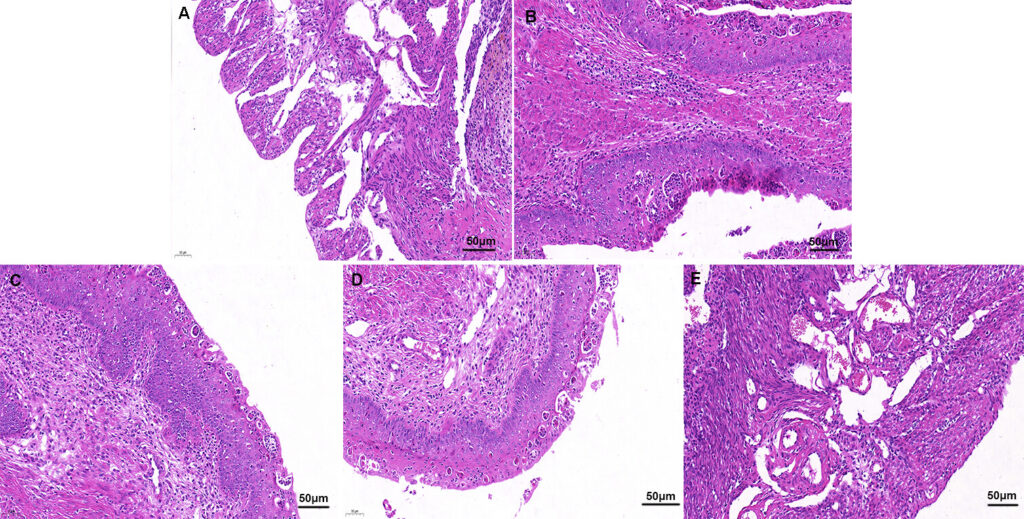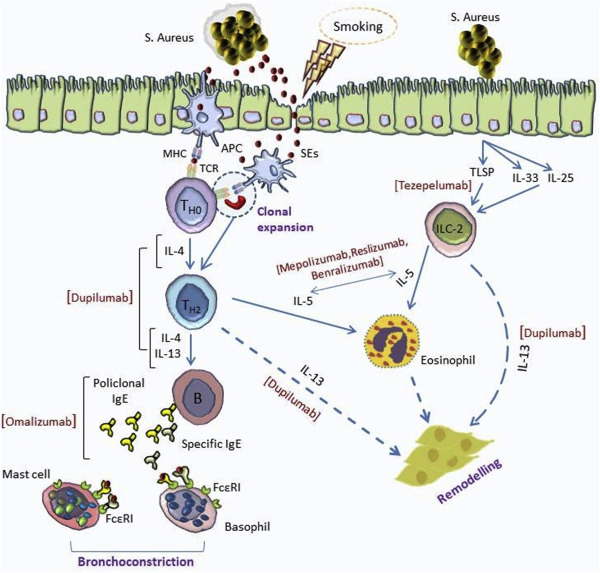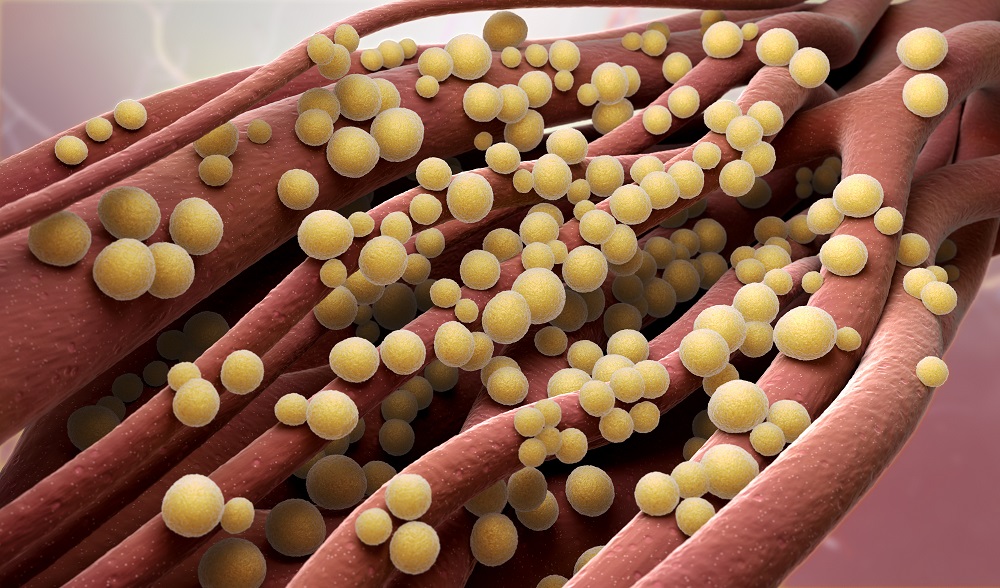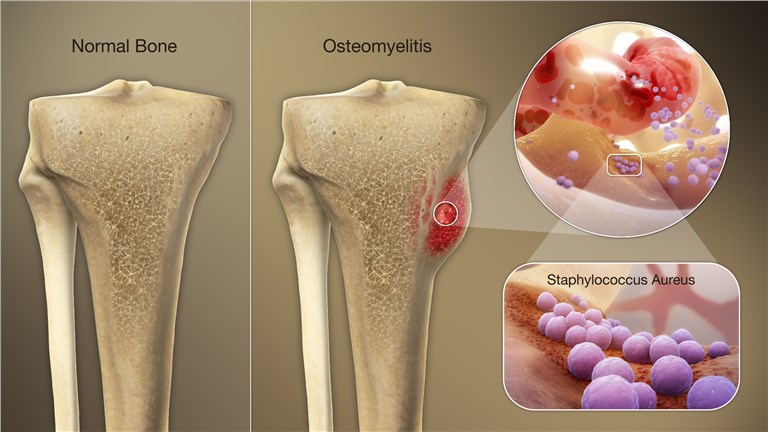Staphylococcus Epidermidis Urinary Tract Infection
Staphylococcus epidermidis, a coagulase-negative staphylococcus (CoNS), is primarily known as a benign skin commensal. However, in specific clinical settings, particularly involving urinary catheters and immunocompromised…









